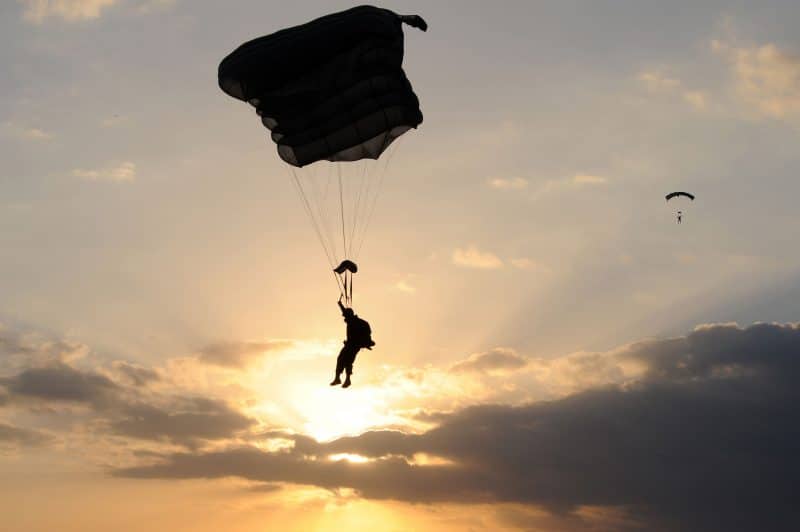“It’d make great video if I, like, fell…rolled down the hill…on these rocks…that’d be cool.” 
These were the facetious words of a hiker on the “Y” just before he fulfilled his own sarcastic prophecy and took a tumble down the mountainside. At least, that’s the idea we get from the title of the video—“Slip and Fall Accident Down the BYU ‘Y’ Mountain.” The video stops abruptly 53 seconds after the prophecy was uttered, and there is no description to give any hint of the aftermath.
A scan of the video poster’s YouTube channel suggests that he is, at least, still alive to post other videos. However, others are not so lucky: work-related falls took 666 lives in 2011, and half of domestic accidental deaths are caused by falls.
The following information emphasizes the means by which humans have survived extremely long drops, but provides more than curious stories. The methods employed by the survivors in these stories can also be used to mitigate fall injuries from spills down stairs, drops from ladders, and even same-level falls, as well as from airplanes and windows.
Table of Contents
1. Don’t land on your head or pelvis.
Land you must; there’s no avoiding that. However, if you protect your brain and the seat of most of your vital organs from the brunt of the impact, you stand a far better chance of coming out alive. Be warned, however: landing in the wrong upright position can damage the insides you want to protect. While sparing both head and pelvic girdle is a tall order, Alcides Moreno proved that it isn’t impossible: the 37-year-old was washing windows when the scaffold he was standing on fell 47 stories. Moreno had 10 broken bones, but he survived, partly because he fell correctly.
2. Construct a makeshift parachute.
No, that does not entail sewing in free fall. Another thing that worked in Moreno’s favor was the added air resistance of the scaffolding. While external objects probably won’t break a fall of that distance, their surface area, alone can act as a weak parachute by catching more air; and the added drag force can counteract the force of gravity. Vesna Vulovic survived a plane crash at 33,000 feet because she was wedged between her seat, a trolley, and a piece of the plane. As illustrated by the wingsuits worn by base jumpers, even clothing can make a difference. Whatever you have at your disposal can be put to some use.
3. Pretend you’re skydiving.
There’s a reason why skydivers face the ground when they fall; and that reason doesn’t necessarily have anything to do with intrepidly staring death in the face. It allows them to make their body into a parachute. Tho imitate this posture, face down as if you were going to hit the ground chest-first, spread your arms and legs, and pull your head back. This is not, of course, the way you want to hit the ground; but it will maximize the air resistance on your body until you’re ready to assume landing position.
4. Stay relaxed.
Staying relaxed while you’re plummeting through the atmosphere is a tall order, but good advice. Not only do limp limbs allow you to land gracefully—which is more important than you might think—they’re more likely to conform to the skydiving position described above. The more you tense up, the more your muscles contract, the greater your tendency to pull your limbs together, and the less air resistance you will exert.
5. Fold and roll.
When it comes time to land, use the fold and roll technique. When properly executed, this type of landing deducts the height of your body from the length of your fall, concentrates the force of the impact in places besides the all-important skull and pelvic girdle, and deflects some of the energy from the vertical pull of gravity to the horizontal direction in which you end up rolling. Researchers from the University of Michigan estimate that falling in this manner could reduce the risk of hip fracture for seniors by 70%. Whatever the height or angle you’re falling from, you will come out better if you can put a spin on it.
These tips are useful; but in a perfect world, you wouldn’t need to know them. Yet, as the statistics in the introduction attest, fall injuries are commonplace; and many result from oversight or carelessness. Whether or not a person knows how to fall properly, they have the right to compensation when either factor causes them harm.
If the quest for fall injury compensation feels like one long row of hurdles, you may need professional help to move the process along. To contact fall injury attorneys Good Guys Injury Law for a free consultation, call (801) 506-0800.
Image courtesy of DVIDSHUB